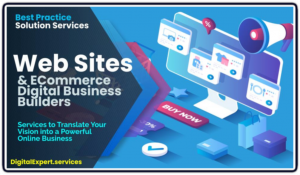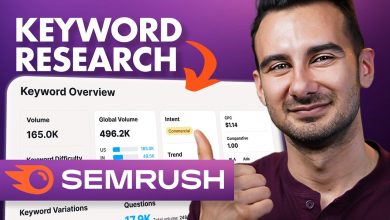Blending Content and Ecommerce: How Webflow Apps Help Businesses Deliver Powerful Digital Experiences
Now powered by GSAP – the gold standard for web animation – this launch marks the beginning of a new era in visual motion design on the web.
 Webflow’s no-code platform empowers businesses to create visually captivating and highly functional experiences that blend commerce and content.
Webflow’s no-code platform empowers businesses to create visually captivating and highly functional experiences that blend commerce and content.
By leveraging its intuitive visual design tools, Webflow enables users to craft brand-consistent online stores with fully customizable layouts, product pages, and checkout processes, all without requiring coding expertise.
This flexibility allows businesses to stand out in the competitive digital marketplace by delivering unique and engaging user experiences tailored to their brand identity.
Webflow’s ecosystem is enhanced by a suite of apps and integrations that extend its ecommerce capabilities. Tools like Shopyflow, CartGenie, Stripe, and Smootify integrate seamlessly with platforms like Shopify, enabling businesses to incorporate advanced features such as inventory management, secure payment processing, and order tracking while retaining Webflow’s design control.
Integrated Apps
These apps also streamline workflows, automate repetitive tasks, and improve customer retention by creating cohesive shopping experiences. For instance, businesses can manage product listings, process orders efficiently, and maintain a polished front-end design, all within the Webflow environment.
A key strength of Webflow lies in its ability to merge content and commerce effectively. Through its robust Content Management System (CMS), businesses can integrate dynamic content like blog posts, seasonal promotions, or targeted landing pages directly into their ecommerce stores.
This synergy between content marketing and ecommerce drives customer engagement and boosts conversions by creating immersive storytelling experiences around products.
The article highlights real-world examples, such as Noonbrew, which uses Webflow’s CMS to showcase customer reviews and product carousels, and L’intendance, which emphasizes eco-friendly packaging through interactive design elements, demonstrating how businesses can craft compelling narratives to enhance the shopping experience.
Webflow’s integrations with tools like Zapier, Google Analytics, and MailChimp further support businesses by automating tasks such as SEO optimization, email marketing, and performance tracking.
These features make Webflow a versatile platform for creative agencies, boutique shops, and digital product sellers looking to build scalable, secure, and high-performing online stores. While the article acknowledges that Webflow’s ecommerce features are relatively new compared to established platforms like Shopify, it underscores the platform’s potential to deliver unique, visually appealing, and conversion-focused digital experiences through its powerful app ecosystem and design flexibility.




